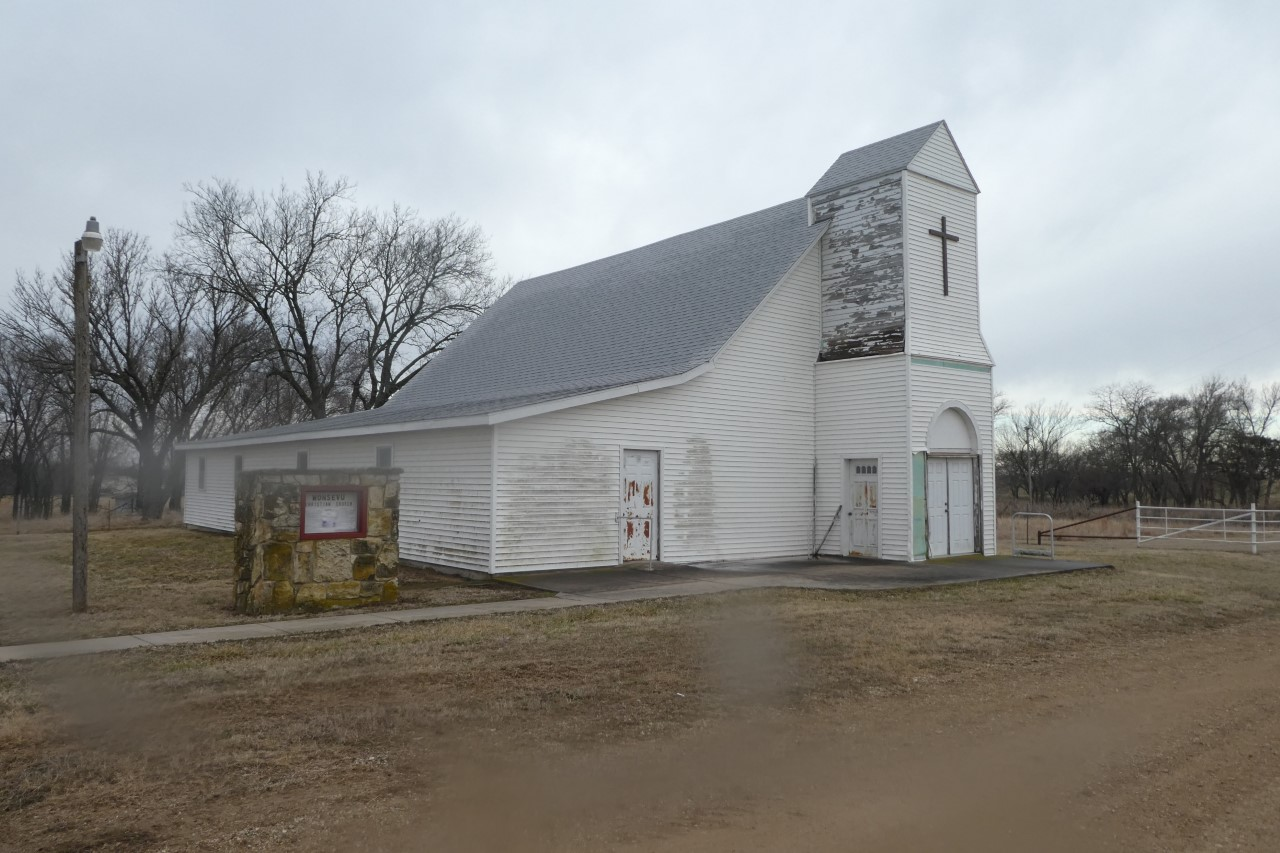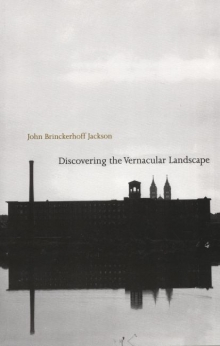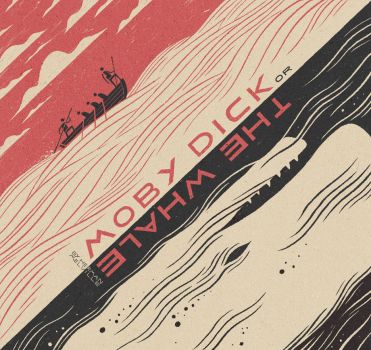
An illustration of a scene from Jack London’s “To Build a Fire.” Via.
“Like the president, I’m not concerned about sea level rise,” he said. “I’m on the water daily, and I just don’t see it.” –James Eskridge, mayor of Tangier Island, Virginia, an island that is now one-third the size it was in 1850. (Source)
If readers follow the link for the quote above, they will find that Mayor Eskridge says what he says above even as he was talking with President Trump about expediting the funding of a proposed jetty that, he hopes, will help mitigate the now-frequent inundation of his island by the sea. Even occupying the space that he and his city do, responding as they are to the effects of climate change, the thing itself remains a term, an abstraction. As Mayor Eskridge says, it is hard to see, which makes it even harder to imagine. To which I would add that, encouraged at every turn by our culture to live in the Now and give as little thought to the past or future as possible, Mayor Eskridge easily could be–is–all of us in the collective.
Via my Facebook feed yesterday comes this fascinating short essay by Siddhartha Deb, “Stranger Than Fiction,” in The Baffler. Here’s its core argument:
If [literary] fiction has been unable to come to terms with our steadfast rapaciousness, it is because to truly represent the ravages of the carbon economy involves understanding capitalism, and even nationalism, as failures, and this is not something contemporary fiction is capable of doing. This is why in the context of India, which Ghosh focuses on, there is almost no fiction that depicts the industrial disaster in Bhopal in 1984, or, in more recent years, the displacement of people by dams in central India or the ravaging of tribal communities by mining companies, including the uranium mining carried out in Jadugoda and that the Indian government is attempting to expand, against protests from local people, into the north-eastern state of Meghalaya where I am writing this.
In the United States too, even well meaning liberal fiction, often falling under the rubric of cli-fi, reveals itself as incapable in grappling with this. This is perhaps because to think of modern life as a failure, and to question the idea of progress, requires an extremism of vision or a terrifying kind of independence. An indie bestseller like Emily St. John Mandel’s Station Eleven, set in an eco-apocalypse, features rhapsodies on the internet and electricity. Marcel Theroux in Far North includes a paean to modern flight as one of the finest inventions of “our race,” even though the effect of air travel on carbon emissions is quite horrific.
Fiction, in other words, suffers from its own kind of anthropocenization, one that owes as much to post-war prosperity in the West and to globalization, which succeeded in universalizing the obsession with individuals, character, and interiority that dominates writing programs and its reviewing culture. Even nature, resource extraction, and climate change, viewed through the filter of character, become a kind of exoticizing backdrop.
As I read this, I could not help but think back to both my understanding of Bakhtin’s argument about the novel-as-genre’s essential contemporaneity (no matter its setting) in his essay “Epic and Novel,” and to Fredric Jameson’s discussions of modernism and postmodernism in the opening pages of his Postmodernism; or, the Cultural Logic of Late Capitalism. Each in its way indirectly explains, for me at least, the perceived failure of the novelistic imagination that Deb describes here, and they both got me to thinking what form the novel might take in order to grapple with the climatic (and climactic) consequences of the Anthropocene.
I find it interesting and important that the examples of narratives that Deb notes do engage in this grappling are written by Indians or Indian ex-pats, as if to suggest that one direction for the novel might be by way of pursuing to their eco-critically logical conclusions the tropes of the post-colonial novel. That is a perfectly logical progression: colonialism, above all else, is a clear expression of capitalism, and the consensus seems to be that, all things considered, capitalism as manifested in colonies historically has not benefited the peoples in those colonies. It may be a bit inaccurate to say that capitalism “failed” those peoples, since the colonial system was never intended to be of benefit to them. Still, it is but a short leap, in this globalized world of ours, to argue that late capitalism has colonized all of us in some way, even the well-off among us: every time we turn on our smartphones or engage with social media or forget to disable cookies, we constantly supply, for free, the raw ore of data to be mined and processed by algorithms into information used to create or point us in the direction of real and virtual objects designed to shape our decisions and purchases.
As I read this essay, however, I kept returning in my mind to Deb’s phrase elsewhere in the essay, “imaginative fatigue,” and found myself remembering a sentence describing the anonymous subject of Jack London’s well-known short story, “To Build a Fire” (1908): “The trouble with him was that he was without imagination.” It seems to me that part of why writers for the moment have difficulty imagining the Great Climate Change Novel is that awareness of Nature qua Nature has pretty much been bred out of mainstream literary fiction’s DNA for well over a century now. In view of this, such a novel would have to re-establish and fully embrace, make a priori, Nature’s presence as a character in it–not, however, in a Transcendentalist-like, rather benign way, but, rather, the reminder that ignorance of and indifference toward Nature will not help but lead to our collective impoverishment, if not literal demise, as a species.
Enter Jack London and the Naturalists as a possible model for an American version of this kind of novel. But before they enter, I need to say a few things about Bakhtin and Jameson.
Continue reading →



